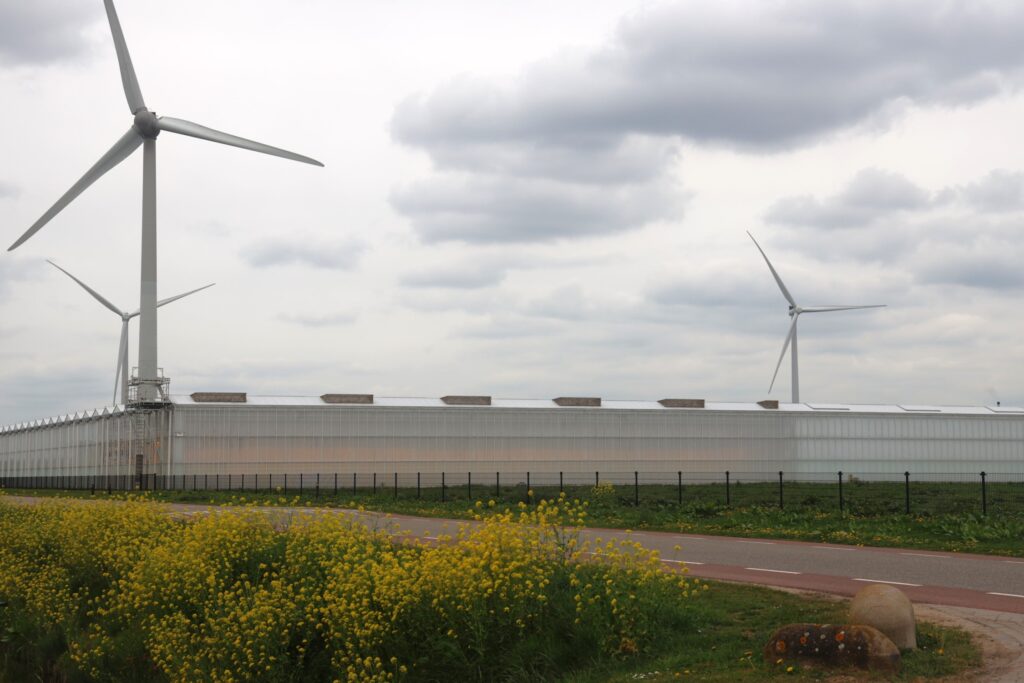
As the greenhouse season shifts from summer into autumn, growers face a familiar but complex challenge: when to start closing energy screens. It’s not just a technical decision, it’s a strategic one that affects energy use, crop health, and climate stability.
And it’s exactly the kind of decision that Crop Controller is designed to support.
The Autumn Balancing Act
During summer, most growers keep their screens open to allow heat and moisture to escape. But as nights cool in early October, the need to retain warmth becomes more pressing. The tricky part? Closing too early traps humidity, and you lose the opportunity to cool down. Waiting too long loses valuable heat, driving up energy costs and stressing the crop.
Growers often rely on a mix of experience and environmental cues, outside temperature, radiation levels, humidity, and crop sensitivity; to guide their decisions. Some use gapping strategies, partially closing screens to retain heat while still allowing moisture to escape. Others follow radiation thresholds, opening screens only when light intensity supports crop growth.
Later in the season, some introduce a second energy screen to further reduce heat loss. While this adds insulation, it also increases complexity. Less radiation and airflow means humidity builds up faster, and the risk of condensation rises. Managing this requires careful coordination between heating, ventilation, and irrigation, especially as transpiration slows and water movement through the plant becomes more limited.
Where Crop Controller Comes In
This is where Crop Controller delivers real value. It continuously analyzes climate data and steers screen use, heating, and irrigation in real time. It doesn’t just automate, it understands how each decision affects the entire greenhouse environment.
Whether it’s deciding when to close the first screen, or when to deploy a second layer, Crop Controller helps growers make confident, data-driven decisions. It adapts minute by minute, ensuring that every action supports a stable climate and healthy crop development.
The Payoff: Better Crops, Lower Costs
With Crop Controller, growers gain:
- Precise control over screen timing
- Reduced energy waste
- Lower disease risk
- Improved crop quality
- Peace of mind
In short, it’s not just about saving energy, it’s about working in the details.
